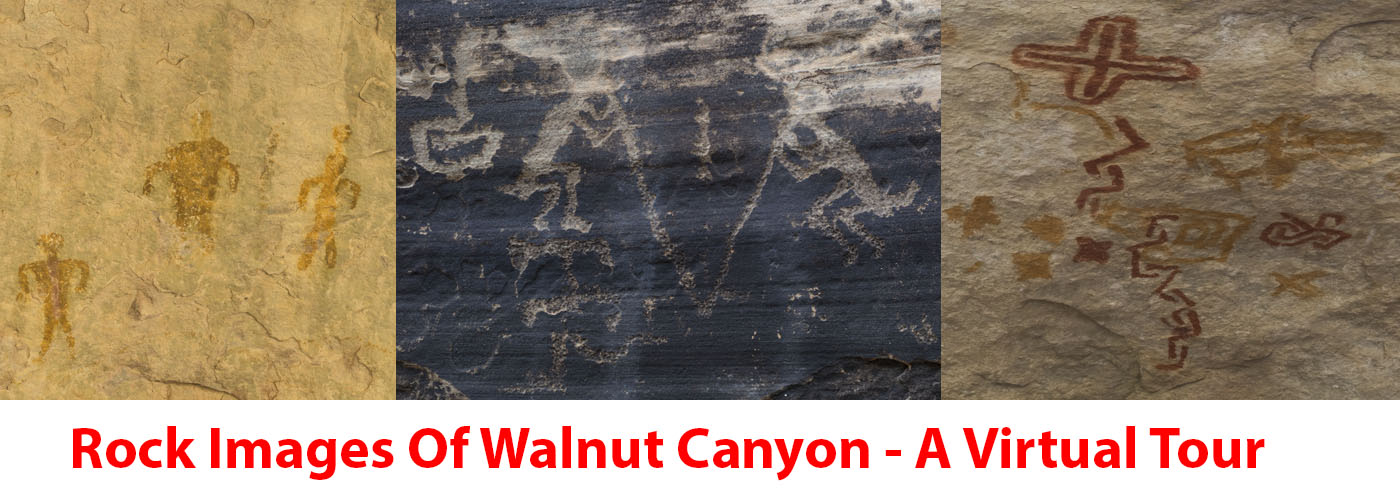Petroglyphs have a 3-dimensional nature, a result of physical modification of the rock surface by pecking, chiseling or inscribing. Photography with standard lighting may not be able to pick up all of the 3-dimensional details. One solution for this is “raking light” photography, where a bright light illuminates the rock surface at a steep angle. The variations in lighting intensity and shadows that result from this lighting angle can bring up details that are difficult to see in a standard photograph. Here are raking light photographs of the three panels at WACA 209 (A, B, and C).
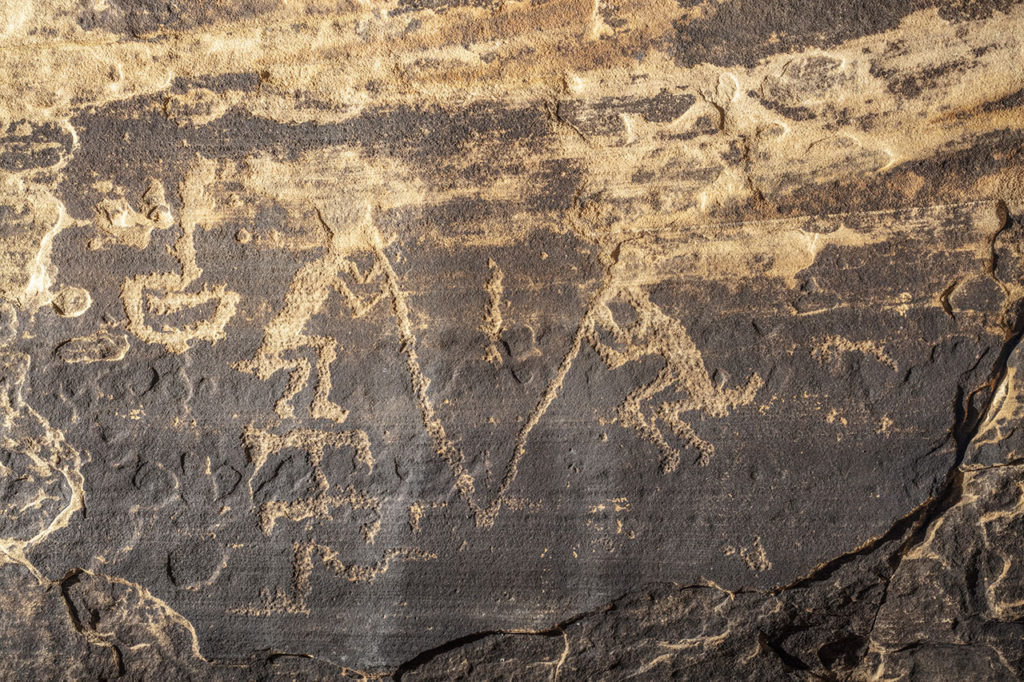
WACA 209 Panel A (top)
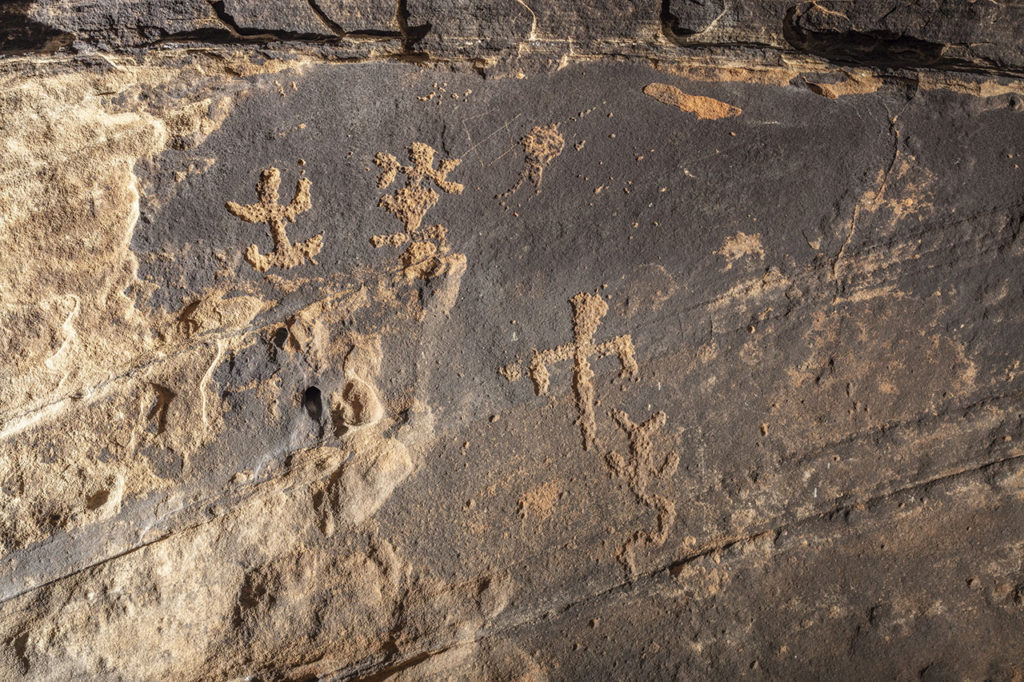
WACA 209 Panel A (bottom)
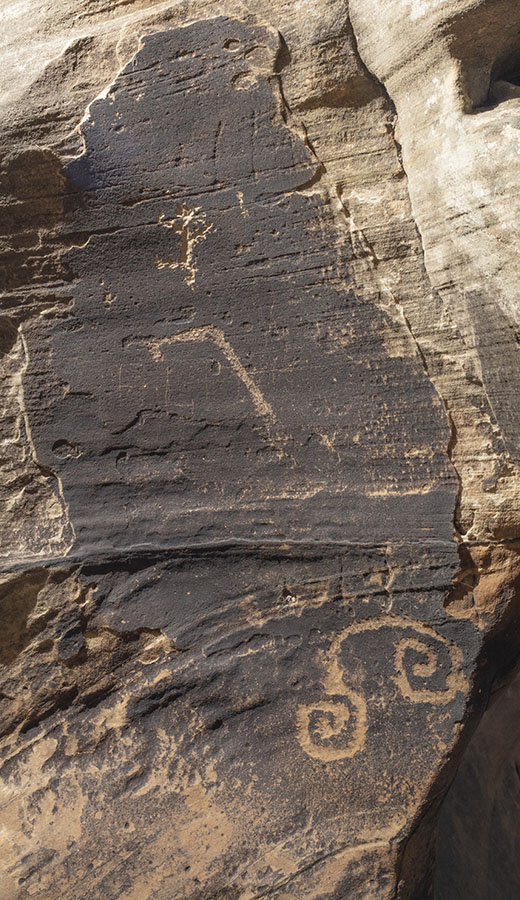
WACA 209 Panel B
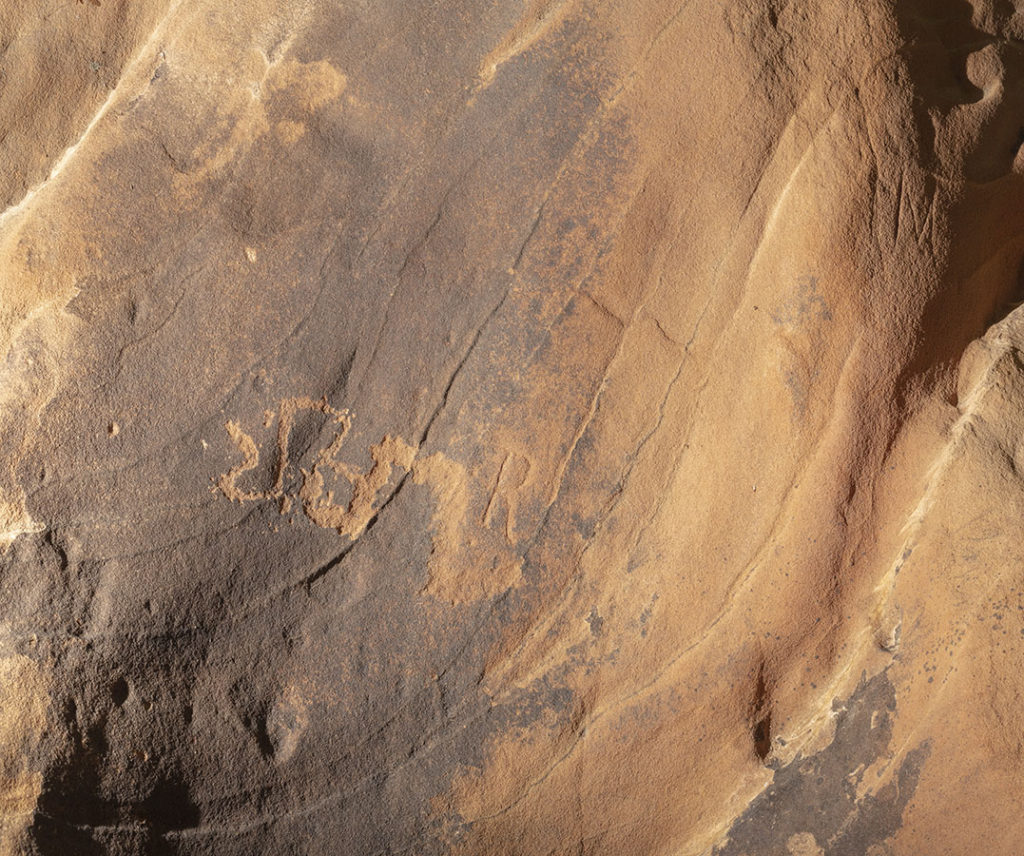
WACA 209 Panel C
Raking light photographs are taken at a single lighting angle, which can highlight some features but not others. Using Reflectance Transformation Imaging (RTI), you can modify the lighting angle as you wish, to highlight all details.
Note: If you see an error message below, please copy and paste chrome://settings/system into the Chrome search bar and toggle “Use hardware acceleration when available” to off.
Because the RTI data is in computer format, it can be manipulated and displayed in a number of different modes, some of which can bring out additional details. One of those modes is “specular”, where the surface of the object is given an artificially “shiny” appearance; this can help accentuate small differences in the surface geometry. Unfortunately, unlike the above viewer, there is no current option to display specular RTI in an interactive fashion. However, for a closer look at the specular view, use the viewer below.

